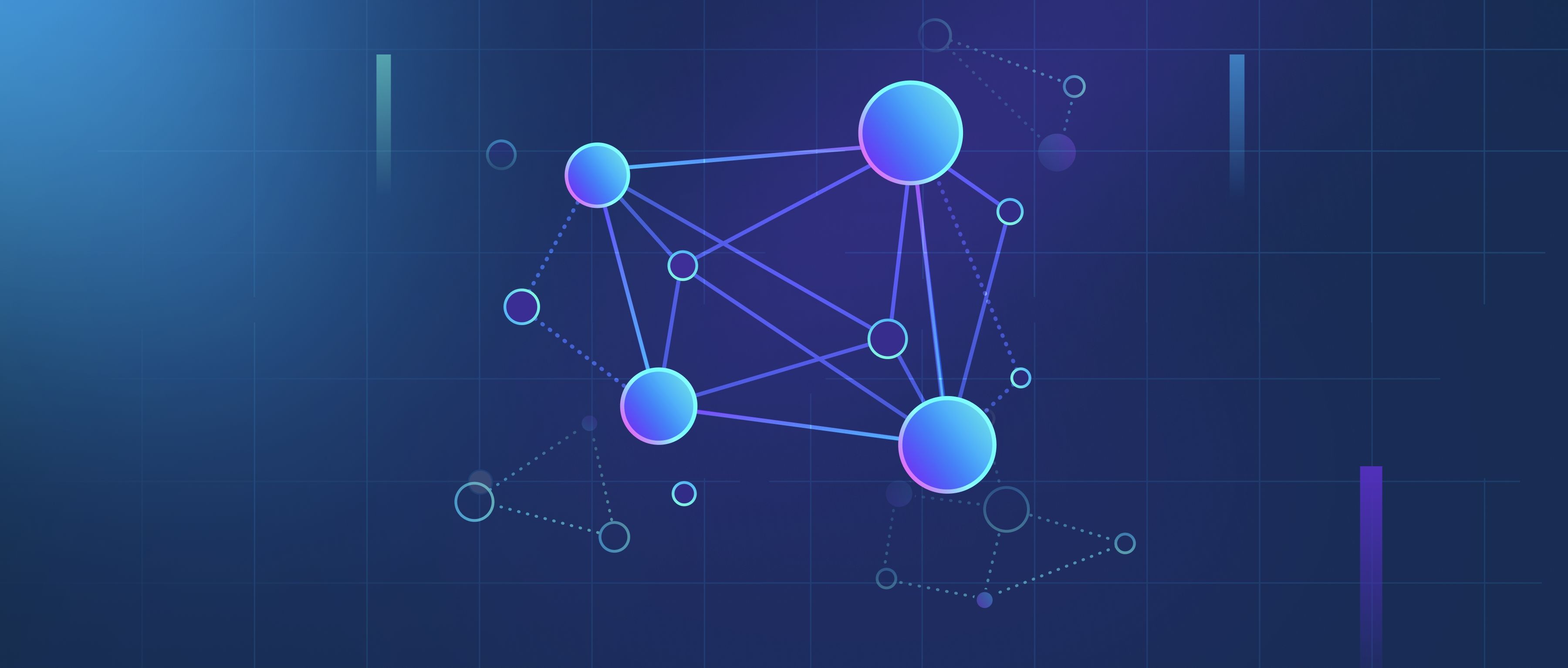In swarm systems, local optimization refers to the process where individual agents make improvements based on their immediate surroundings and experiences, focusing on a limited subset of the overall problem space. Each agent will optimize its own solution by analyzing the data it can access, often leading to solutions that might be efficient for that specific area but do not consider the larger context. For instance, in a swarm of robots navigating an environment, each robot may adjust its path based on nearby obstacles, thereby improving local navigation but potentially missing out on more optimal paths that exist elsewhere in the space.
In contrast, global optimization seeks to find the best possible solution across the entire problem space, taking into account all available data and interactions among agents. In a swarm system, this might involve coordination between agents to share information about their findings and collectively steer towards the best overall solution. For example, in particle swarm optimization, each particle (or agent) shares its best-known position while also considering the best-known positions of its neighbors. This collaboration allows the swarm to explore a wider range and ultimately converge on a solution that maximizes performance on a global scale.
The primary difference between local and global optimization lies in the scope of their focus. Local optimization may result in faster individual improvements but risks settling on suboptimal solutions, especially if agents only consider their immediate environment. Global optimization, while potentially slower due to the need for more extensive communication and exploration, aims to ensure that the best solution is identified across the entire search space. Understanding this distinction is critical for developers looking to employ swarm algorithms effectively, as it impacts how you design agents’ interactions and the underlying optimization strategy based on the specific goals of your application.
